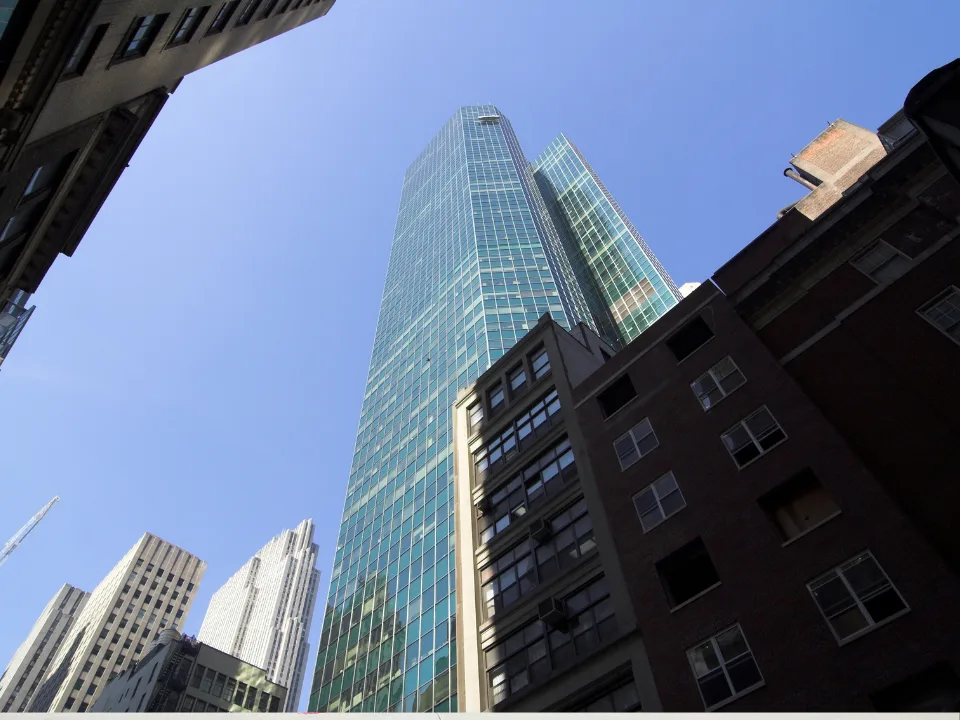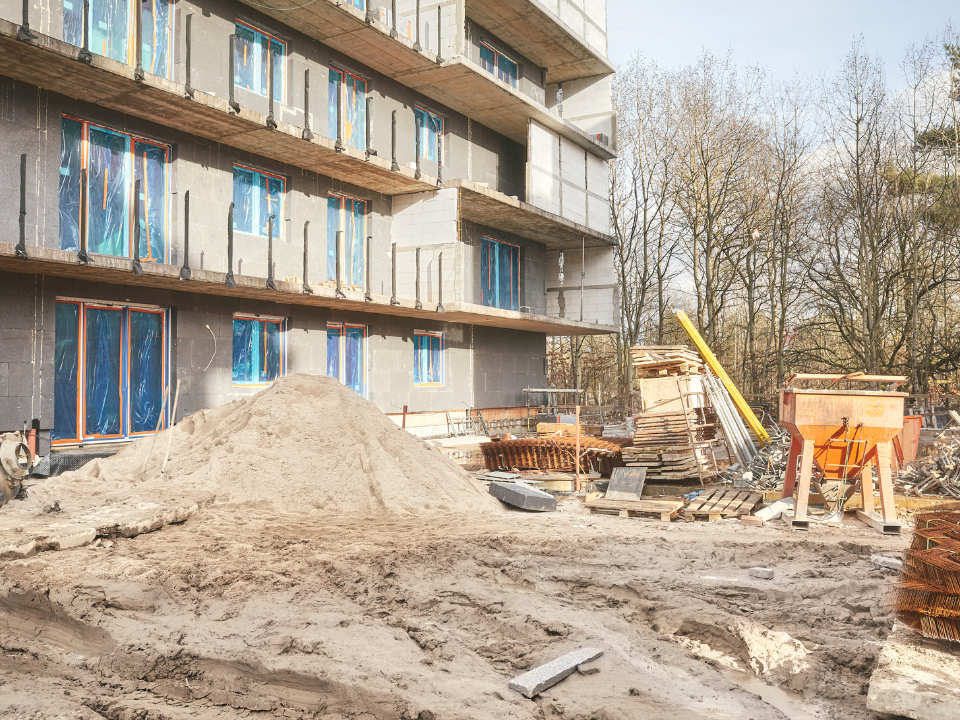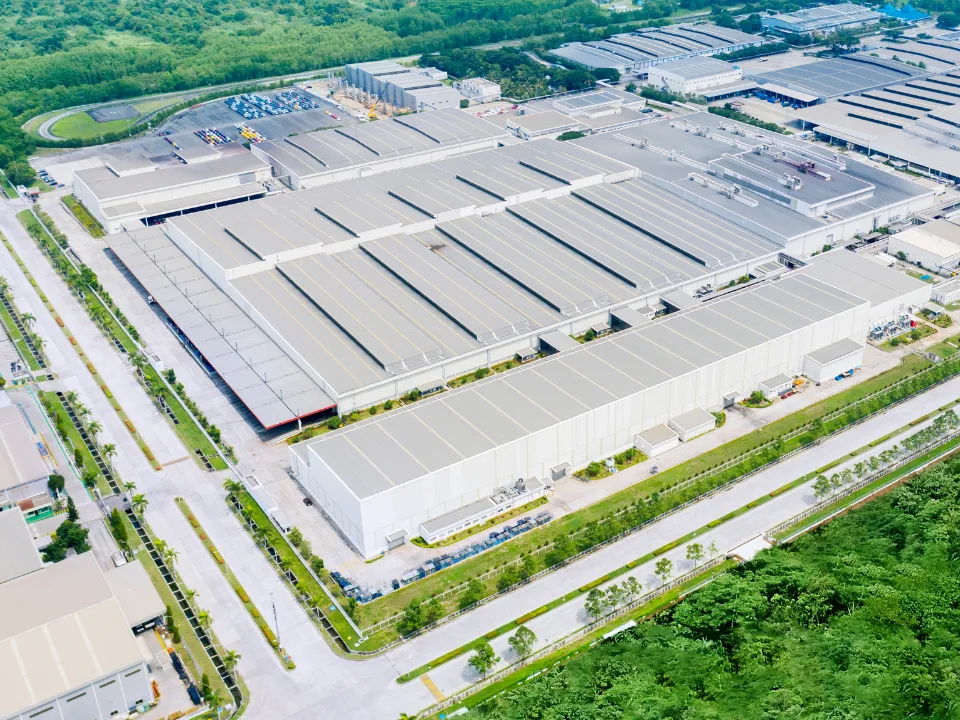- Multifamily special servicing rates have surged to 5.71%, with more distress expected over the next three years.
- Rising interest rates, inflation, and looming loan maturities are contributing to financial strain for multifamily property owners.
- CMBS expert Mark Silverman predicts the situation will worsen before improving, with refinancing options looking slim and higher servicing rates likely.
Multifamily properties are facing mounting financial distress, with special servicing rates rising to 5.71% in August—a near 9-year high, as reported in GlobeSt.
Sounding The Alarm
While this is still below the 11.91% distress rate for office properties, industry experts, including Mark Silverman, partner at Locke Lord and CMBS special servicer, are sounding the alarm on worsening conditions.
“We’re likely at the start of a three-year cycle of increasing multifamily distress,” Silverman told GlobeSt.com, explaining that many property owners who took advantage of favorable lending conditions between 2013 and 2017 are now struggling.
Rising interest rates, inflation, and soaring costs for repairs, maintenance, insurance, and utilities have compounded the problem.
Multifamily Challenges
Many multifamily owners now find themselves approaching loan maturity dates, but higher interest rates make refinancing difficult.
“It’s distressing,” Silverman says. “If you don’t have reserves or extra funds, and you can’t significantly raise rents, you’re in a tough spot.” This year, multifamily distress jumped from 2.6% to as high as 11%, a sign of growing instability.
Silverman also notes that resolving multifamily distress is complicated by foreclosure rules and concerns about evicting tenants, which is not only legally complex but also generates negative PR.
Owners face hard choices, such as whether to adjust rents, reduce amenities, or shift into (or out of) government programs.
Maturities Incoming
One of the biggest risks is poor communication between borrowers and lenders.
Silverman warns that borrowers who ignore looming maturities may find it too late to explore creative solutions by the time their loans mature. He advises property owners to begin strategic planning at least two years in advance to avoid special servicing.
Silverman also predicts that “sophisticated multifamily owners” with more resources will find ways to navigate the challenges, while smaller, single-property owners may struggle.
For some, non-recourse loans may appear attractive, but these can come with carve-outs that lenders can use to their advantage, such as property damage or bankruptcy violations.
















